Sustainability in Packaging in 2025
- Green Tide
- Jan 13
- 2 min read

Sustainability in packaging is a critical focus for 2025. The widely recognized "reduce, reuse, recycle" model continues to be the foundation of sustainable practices. Here are key insights into sustainable packaging trends and practices as of 2025:
Market Value
The global sustainable packaging market is valued at over $400 billion USD in 2025, with an impressive projected compound annual growth rate (CAGR) of 7-9% from 2020 to 2025. This growth reflects increasing consumer and industry focus on eco-friendly solutions.

Top Sectors Driving Demand
Food and Beverage:
This sector accounts for 50% of the demand for sustainable packaging, emphasizing the need for biodegradable and recyclable materials in food preservation and distribution.
E-Commerce:
With a growth rate of 10-12% CAGR, the e-commerce sector is embracing sustainable shipping materials such as biodegradable mailers and recyclable boxes to meet consumer expectations.
Personal Care and Cosmetics:
High demand exists for biodegradable and refillable containers, showcasing the industry's shift toward eco-friendly product lines.
Consumer Preferences
Over 60% of global consumers now prioritize sustainability when choosing brands. With increasing awareness and disposable incomes, consumers are adopting more eco-conscious lifestyles. This shift is driving brands to rebrand themselves as more sustainable entities, incorporating environmentally friendly practices at their core. Sustainable packaging, therefore, plays a pivotal role in aligning brand strategies with consumer expectations.
Notable Trends in 2025:
Mushroom Packaging:
Decomposes within 60 days, acts as a natural fertilizer, and is a viable alternative to thermocol.
Coconut Coir Packaging:
A biodegradable, toxin-free, and affordable solution often used as bubble wrap.
Corn Starch Packaging:
A compostable alternative to plastic, decomposing within 90 days and free of toxins.
Seaweed Packaging and Foam:
Sustainable and edible alternatives to Styrofoam and polythene, decomposing within weeks.
Biodegradable Packaging Peanuts:
Made from corn starch, they dissolve easily, are affordable, and provide effective protection for packages.
Tottles:
Designed for lotions, shampoos, and conditioners, these have a soft, squeezable body and an easy-to-dispense cap, combining aesthetics and eco-friendliness for the beauty industry.
Honeycomb Bubble Wrap:
A durable and sustainable alternative to traditional plastic bubble wrap.
Origami-Inspired Packaging:
Transforms plain cardboard into lightweight, stylish, and durable packaging solutions, replacing plastic and foam.
Corrugated Tuck Boxes:
Widely used for shipping, offering recyclability and strength.
Bioplastic Mailers:
Made from plant-based materials, these mailers are compostable and reduce dependency on fossil fuels.
Kraft Paper Bags:
Durable, recyclable, and biodegradable, ideal for retail and grocery uses.
Leaf Packaging:
Made from dried leaves, offering a natural, biodegradable option.
Cloth Packaging:
Reusable and biodegradable, suited for premium or luxury items.
Sugarcane Fiber Packaging:
A renewable and compostable material, particularly useful for food and beverage packaging.
The Role of Sustainable Packaging
Sustainable packaging doesn't have to be overly sophisticated or distinctive to leave an impact. It serves as a powerful visual reminder of a brand's commitment to the environment, encouraging customer loyalty and return purchases. As businesses continue to innovate, these solutions ensure that packaging becomes a seamless blend of functionality, sustainability, and brand appeal.


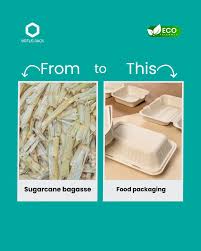




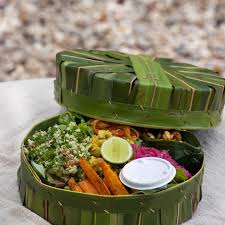
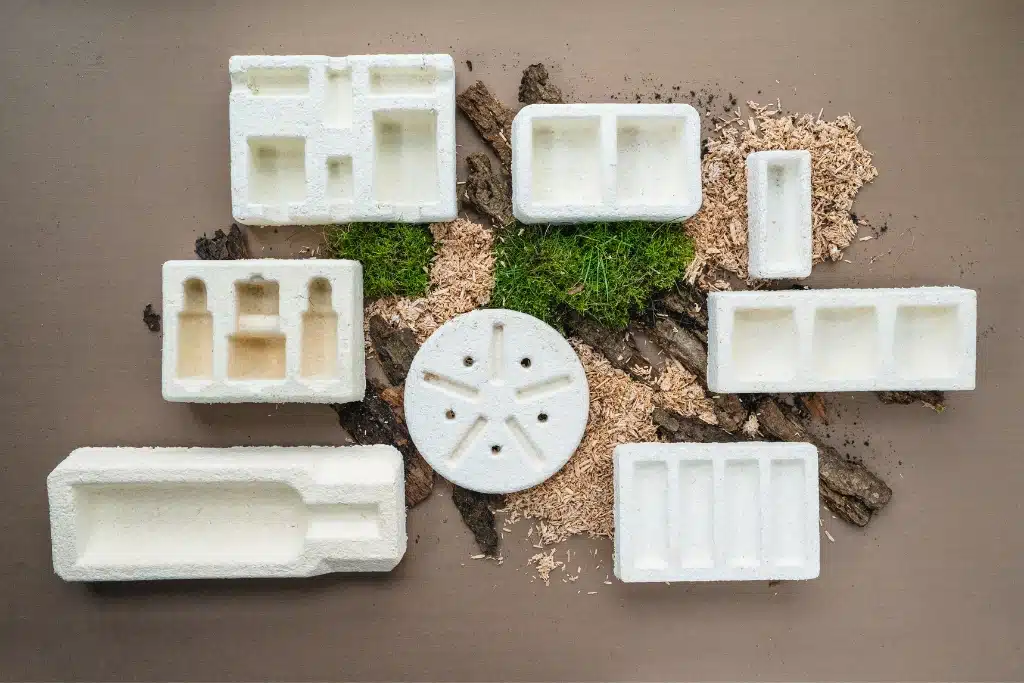


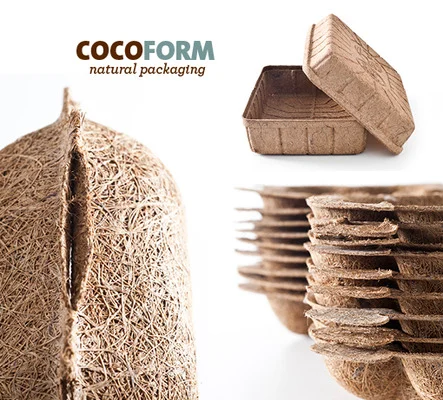






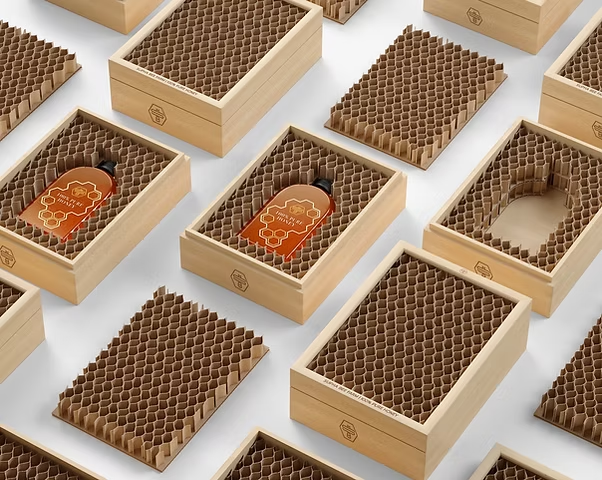



Comments